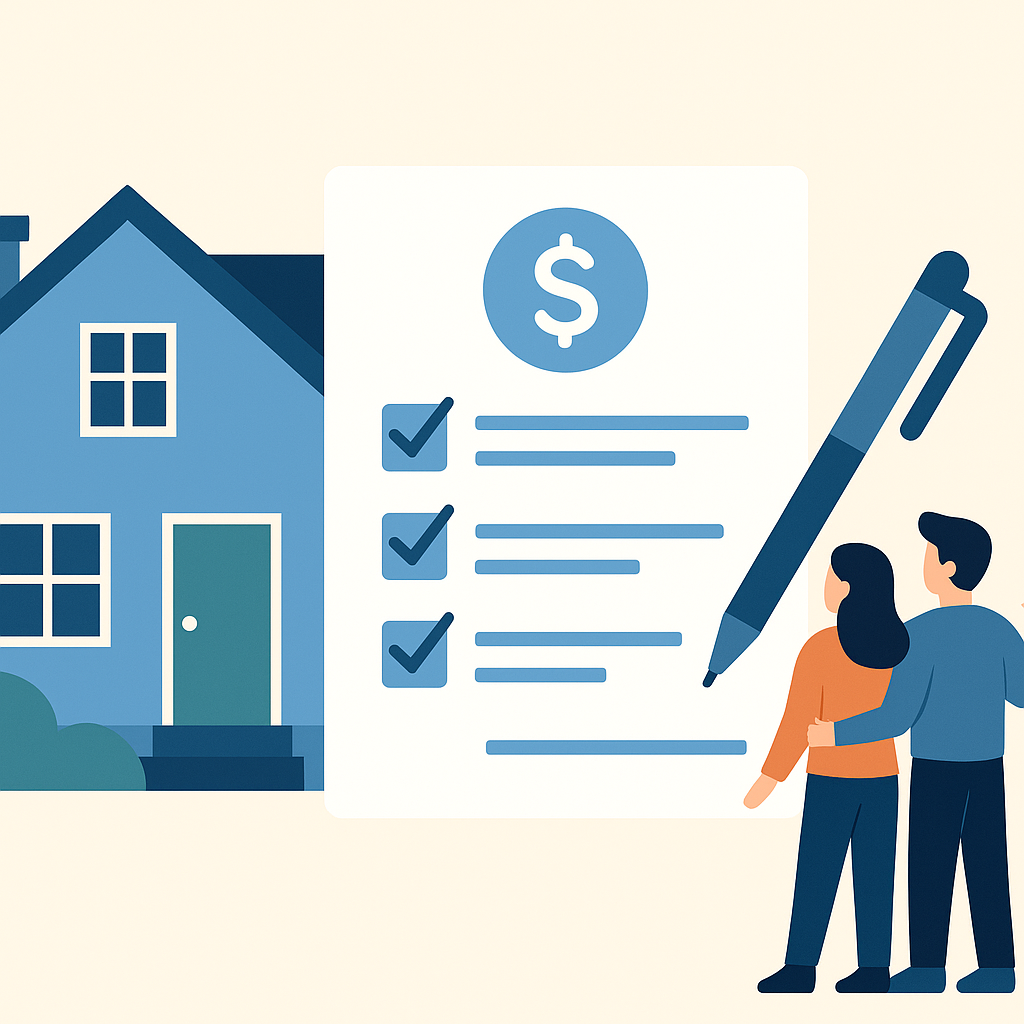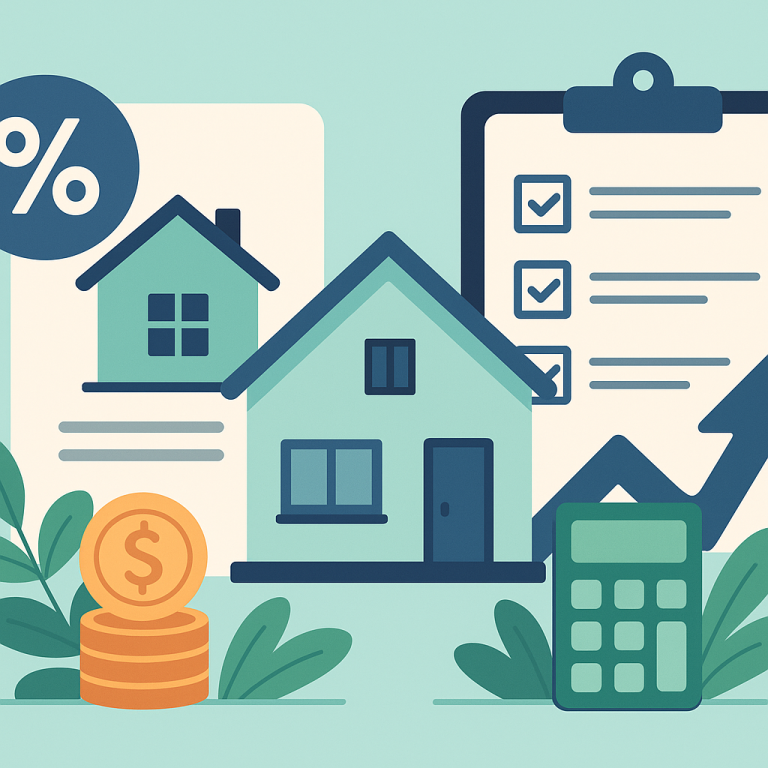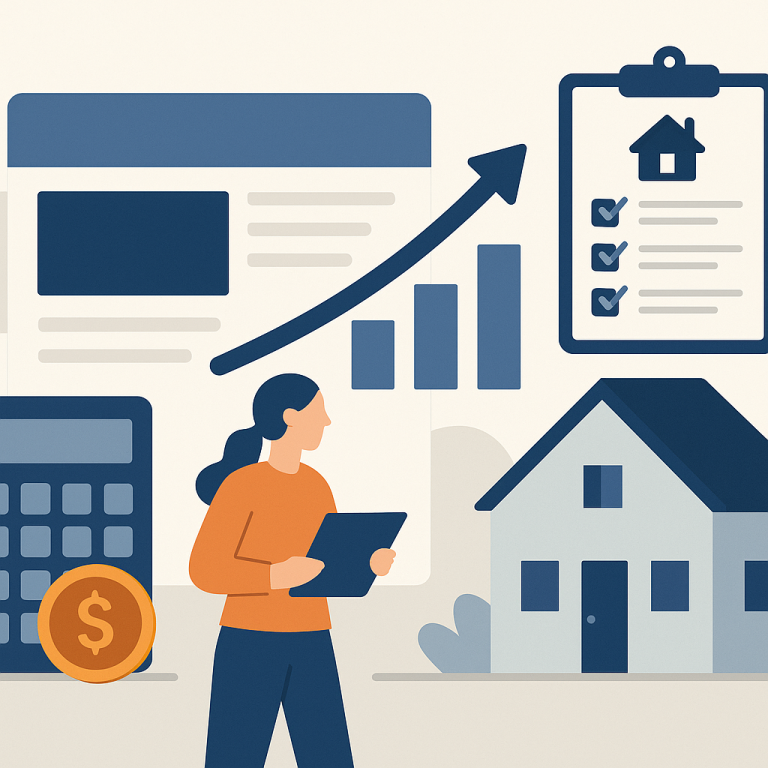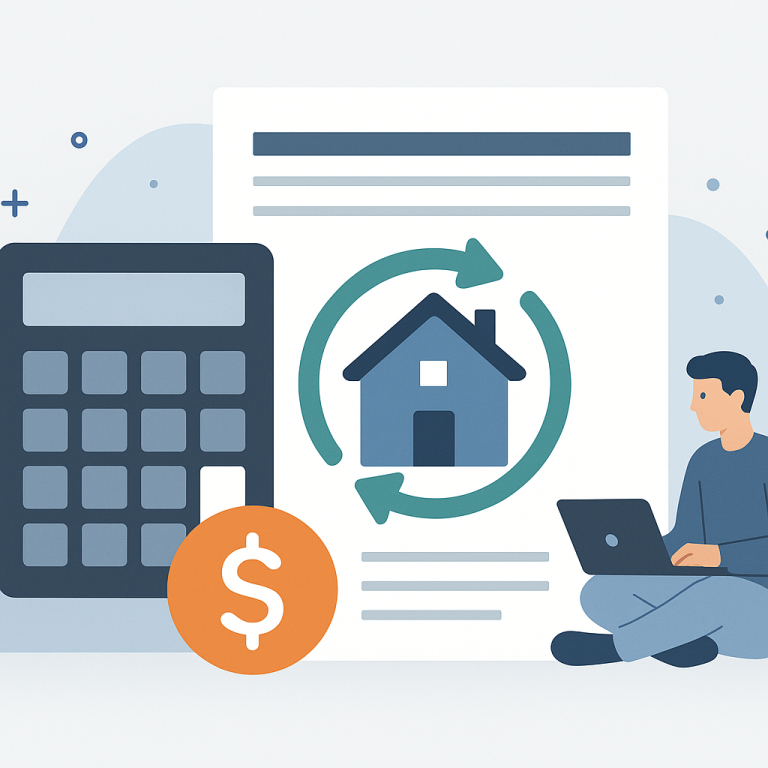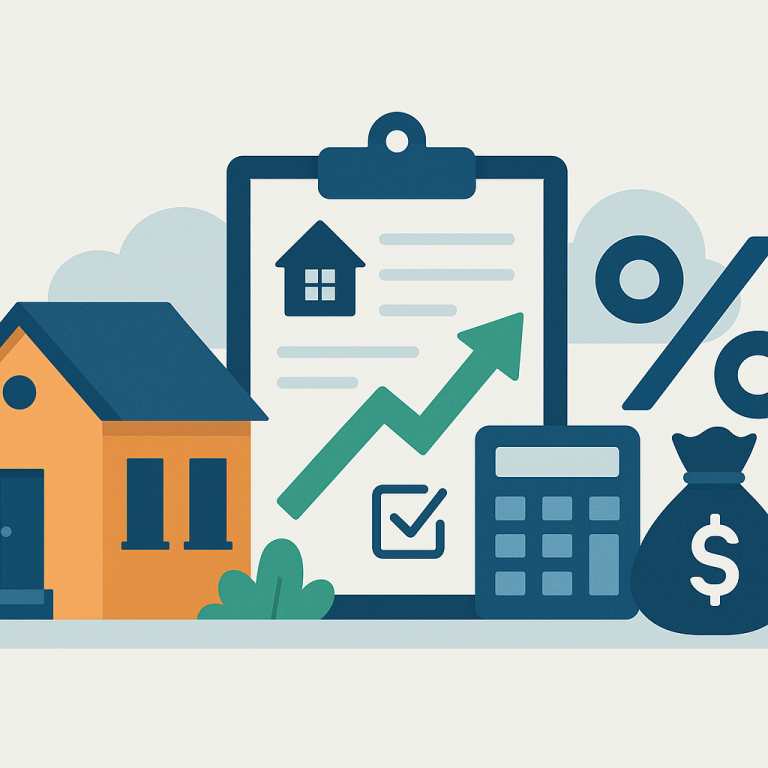Refinance guide seasoning requirements for cash-out refinance
Seasoning Requirements for Cash-Out Refinance: What Homeowners Need to Know
When homeowners want to tap the equity in their property through a cash-out refinance, one of the first obstacles they may encounter is a “seasoning” requirement. Seasoning rules determine how long you must own or have had an existing mortgage on the property before a lender will approve a cash-out refinance. Understanding these requirements can help you plan timing, estimate costs, and avoid delays or denials.
What seasoning is — and when it makes sense
Seasoning refers to the minimum time period a borrower must have owned the property (title seasoning) or held the mortgage (mortgage seasoning) before being eligible for a cash-out refinance. Lenders and loan programs set seasoning to prevent immediate refinancing after purchase or to limit rapid equity extraction that could increase risk.
A cash-out refinance typically makes sense when:
- You have substantial equity in the home and need funds for a large expense (home improvements, education, debt consolidation).
- Current mortgage rates and terms allow you to refinance into a manageable payment even after taking cash out.
- You want to consolidate higher-interest debt into a single, potentially lower-rate secured loan.
Typical seasoning rules (what to expect)
Seasoning requirements vary by loan program and lender, but typical patterns include:
- Conventional loans (Fannie Mae/Freddie Mac): Often require the borrower to have owned the property for at least six months before a cash-out refinance.
- FHA cash-out refinance: Commonly requires 12 months of ownership and occupancy before qualifying for a cash-out refinance.
- VA cash-out refinance: Many lenders require six months of seasoning, though policies can vary by lender and VA guidance.
- USDA and other specialty programs: Requirements vary; some programs limit or restrict cash-out refinances or require longer seasoning.
Important: these are common timelines, not absolutes. Individual lenders may impose stricter rules (e.g., 12 months) or allow exceptions in specific circumstances. Always confirm seasoning with your lender before assuming eligibility.
Benefits and drawbacks
Benefits
- Access to a lump sum of equity that can be used for renovations, investments, or debt consolidation.
- Potential to lower your overall interest rate if current rates are favorable compared with existing debt.
- Consolidating high-interest debts (credit cards, personal loans) into a single mortgage payment can simplify finances and reduce interest paid.
Drawbacks
- Extends or restarts the mortgage term, which can increase total interest paid over time.
- Closing costs and fees can be substantial — sometimes 2–6% of the loan balance.
- Reduces home equity and increases the risk of being underwater if home values fall.
- Higher loan-to-value (LTV) after cash-out may trigger mortgage insurance or higher rates.
Costs and fees to plan for
Cash-out refinances carry similar closing costs to purchase or rate-and-term refinances. Expect items such as:
- Appraisal fee (often required to verify current value)
- Loan origination or underwriting fees
- Title search and title insurance
- Recording fees and transfer taxes (if applicable)
- Prepayment penalties (rare, but possible on older loans)
- MIP/PMI (mortgage insurance) if new loan LTV exceeds program thresholds
It’s common to see total closing costs in the 2%–6% range of the loan amount. Some costs can be rolled into the new loan, but doing so increases the loan balance and interest paid over time.
Step-by-step process for a cash-out refinance with seasoning in mind
- Check ownership and mortgage dates. Confirm when you took title and when the current mortgage was originated — these dates determine seasoning.
- Estimate available equity. Subtract the outstanding mortgage balance(s) from an estimated current market value to gauge how much you can potentially cash out. Lenders cap cash-out LTVs based on the program.
- Research programs and lenders. Compare conventional, FHA, VA and other programs. Ask lenders specifically about their seasoning requirements and any exceptions.
- Get prequalified or preapproved. This identifies how much you could borrow and what documentation is required.
- Order an appraisal. Most cash-out refinances need an appraisal to confirm market value; this is typically ordered by the lender after you apply.
- Complete underwriting. Submit required documentation (income, assets, title history). The underwriter verifies seasoning and other eligibility criteria.
- Close the loan. Review closing disclosures, pay closing costs or arrange for them to be financed, and sign documents. Funds are disbursed and any existing liens are paid off.
Common pitfalls to avoid
- Assuming seasoning is the same across all lenders. Always confirm the lender’s and program’s seasoning policy in writing.
- Underestimating closing costs. Failing to account for fees can make the refinance less attractive or even unaffordable.
- Taking cash-out that leaves you with minimal equity. High LTV can increase rates, require mortgage insurance, or limit future options.
- Refinancing too soon after purchase. Trying to cash out immediately after buying often leads to denial due to seasoning rules and increased lender scrutiny.
- Ignoring tax and financial consequences. Large cash-outs can affect your long-term financial plan and may have tax implications depending on how funds are used.
Short FAQ
Q: What is the minimum ownership time before I can do a cash-out refinance?
A: It depends on the loan program and lender. Typical ranges are six months for many conventional and VA loans and around 12 months for FHA loans. Confirm the exact requirement with your lender.
Q: Can I refinance for cash immediately after buying a home?
A: Usually no — most lenders impose a seasoning requirement to prevent immediate cash-out after purchase. There are rare exceptions and program-specific rules, but expect to wait several months at minimum.
Q: Will a cash-out refinance affect my mortgage rate or term?
A: Yes. You’ll replace your current mortgage with a new one that may have a different interest rate and typically restarts the amortization schedule, which can change monthly payments and total interest paid.
Q: Can I avoid appraisal or underwriting with a cash-out refinance?
A: Not usually. Cash-out refinances commonly require full underwriting and an appraisal to confirm property value and borrower eligibility. Some streamline options exist for rate-and-term refinances but rarely apply to cash-out scenarios.
Seasoning requirements are an important eligibility hurdle for cash-out refinances. Plan ahead, verify program-specific rules with lenders, and run the numbers — including closing costs and new monthly payments — to decide whether a cash-out refinance is the right financial move.
META: topic=seasoning requirements for cash-out refinance; keywords=seasoning,cash-out refinance,LTV,FHA,VA,conventional,home equity; approximate_word_count=1020

